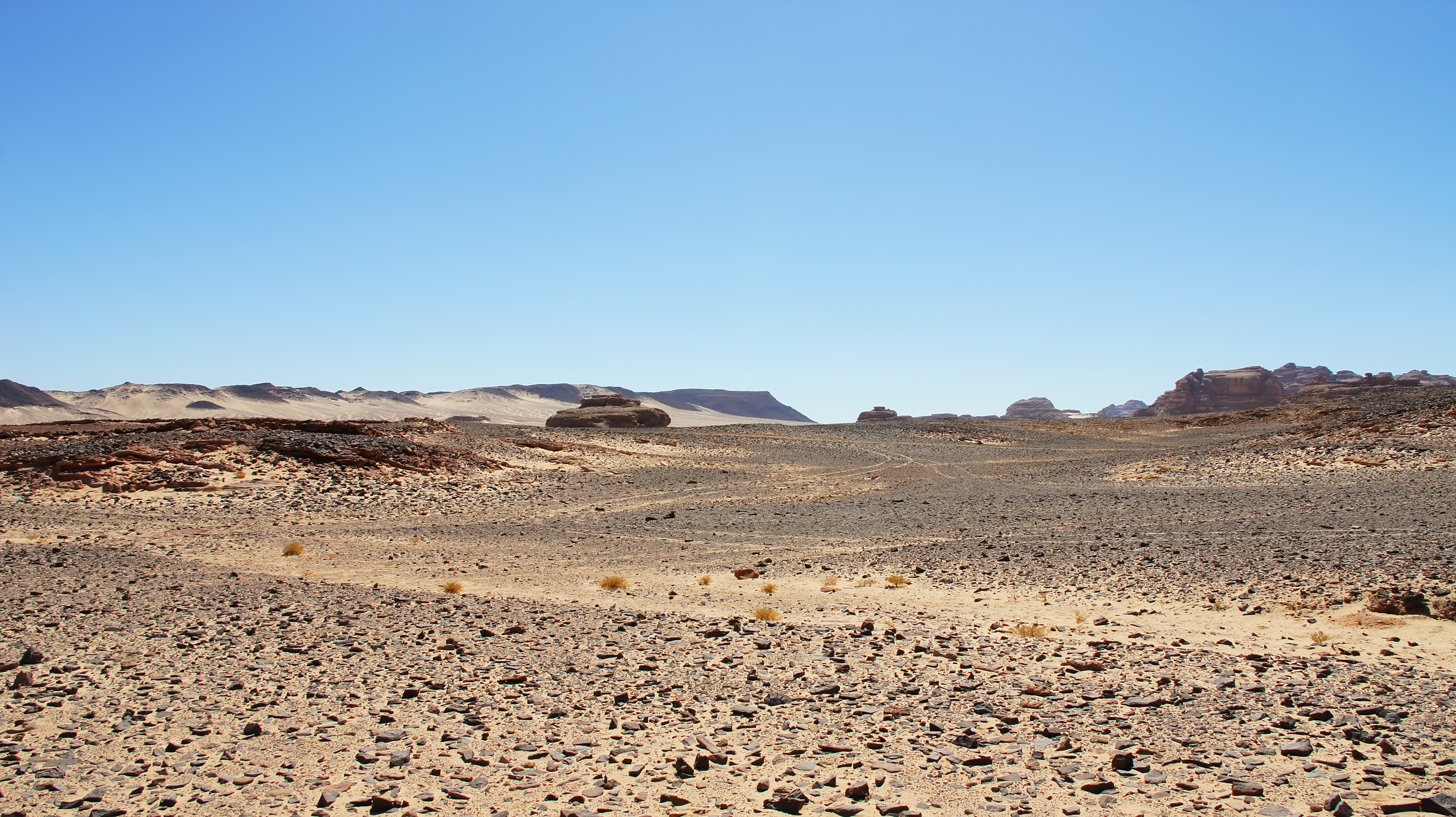What is a hot desert?
Hot deserts are areas of the Earth’s surface that receive less than 25cm or 10 inches of rainfall yearly. Deserts are part of a broader class of regions called drylands. Dryland areas are under a “moisture deficit,” meaning they can frequently lose more moisture through evaporation than they receive from annual precipitation.
Not all deserts are hot; cold deserts exist as well. The largest hot desert in the world is northern Africa’s Sahara, where daytime temperatures can reach up to 50°C (122°F). Some deserts, such as the Gobi desert in Asia and the polar deserts of the Arctic and Antarctic, are always cold. Other areas of the desert are mountainous. Only around 20% of deserts are covered in sand.
What are the characteristics of hot deserts?
Hot deserts typically contain little or no vegetation. The main characteristics of hot deserts are:
- Aridity—The primary characteristic of a hot desert is its dryness or aridity. Hot deserts have total annual rainfall below 250 millimetres. This is caused by the dominance of belts of high atmospheric pressure at these latitudes (see global atmospheric circulation). Sinking air prevents the formation of clouds and rain, resulting in arid conditions. It is difficult to predict rainfall; it may only rain once every two or three years.
- Temperature—As the name implies, summer temperatures in hot deserts rise well above 40°C. The daily temperature range is very high. During the day, temperatures could reach 50°C, whereas at night, they can be as low as -2°C.
- Landscapes: Deserts are often considered vast areas of dunes, but most are rocky, desolate places with isolated thorny bushes and cacti.
- Vegetation: Plant growth is minimal due to a lack of rainfall. Cacti and thornbushes are typical desert plants. Plants tend to be short; however, some cacti can grow tall. Most plants have a short life cycle and only appear when it rains.
- Soils—Desert soils are usually very shallow and have a rough, gravelly texture. They aren’t very fertile because little vegetation provides litter and humus, so there is little or no layer. Due to a lack of organic material and rainfall, the soil is often dry and infertile.
- Animals must adapt to survive in the desert environment. Mammals are often small and nocturnal, coming out only at night when temperatures are low. They sleep below the ground during the day to avoid the heat. Most birds only return to the desert when the climate is favourable.
The reasons for these characteristics are mainly because of the location of deserts.




